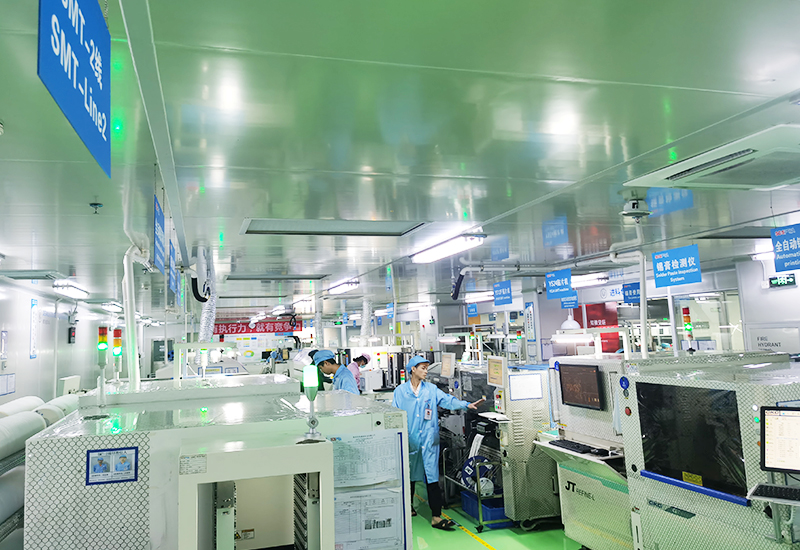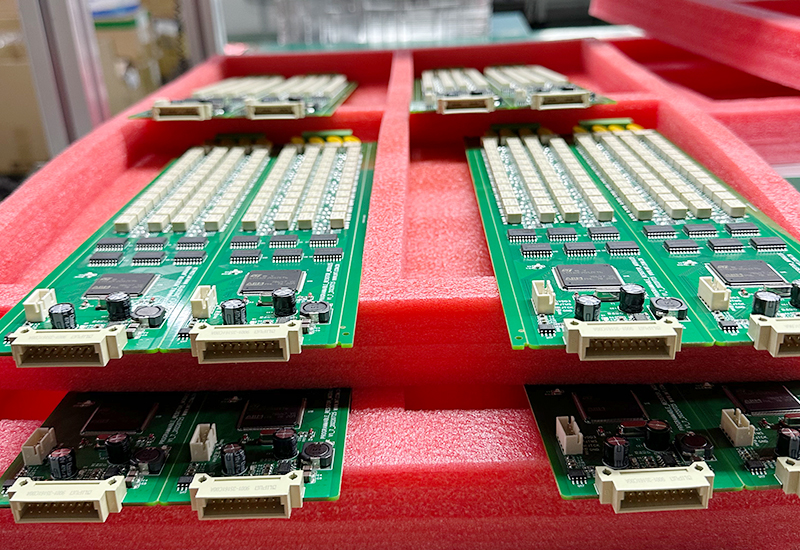
With the advent of the information age, the digital economy has risen rapidly and has become an important form that cannot be ignored in the economic field. This trend not only opens up new paths and platforms for the development of electronic products but also plays a key role in promoting the advancement of printed circuit board technology.
As one of the infrastructures of the digital economy, printed circuit boards will show a development trend of smaller size, higher density, and higher reliability. At the same time, with the widespread application of new materials and advanced processes, the performance of PCB boards will be further improved, bringing more efficient and innovative solutions to various industries. Specifically manifested in the following aspects:
As technology continues to advance, PCB fabrication will become more miniaturized, achieving higher integration and performance. This not only helps the design of electronic products to be more compact but also improves the overall performance of the device.
The development of the digital economy requires electronic equipment to maintain stable operation under various environmental conditions. Therefore, printed circuit boards will focus on improving reliability and using advanced PCB manufacturing processes and materials to ensure that they will not malfunction during long-term use.
PCBs will benefit from the widespread use of new materials and processes. For example, the introduction of flexible PCBs allows electronic devices to better adapt to bending and deformation, while blind and buried via PCBs improve the connection performance of circuit boards.
With the advancement of technology, new circuit boards such as flexible printed circuit boards and blind buried via boards are gradually being integrated into practical applications. Flexible boards make devices more flexible, while blind and buried via circuit boards improve connection efficiency while reducing overall size.

Circuit boards are usually green in color. This is not an accidental choice. Green circuit boards have an important impact on various production processes from material selection to production technology. This also reflects the actual needs and production convenience in the field of technology and engineering. Safety is an important consideration in design and manufacturing.
The basis of the circuit board is a material called FR-4 (fiberglass-reinforced epoxy), which has superior insulation properties and mechanical strength. The background color of FR-4 is yellow, and to improve visual recognition and production efficiency, PCB manufacturers usually cover its surface with a green anti-corrosion coating.
The solder joints on the printed circuit board require anti-corrosion treatment to ensure a good solder connection. The purpose of a solder mask is to protect the circuit board from moisture, oxidation, and dust. The areas not covered by the solder mask are usually called pads and are used for soldering solder paste.
This layer is usually painted green, because green is less irritating to the eyes, and production and maintenance personnel are less prone to eye fatigue when staring at the PCB board for a long time.
The manufacturing process of green PCB boards is more mature and stable and is more common than circuit boards of other colors. At the same time, because the cost of green paint for circuit boards is low, different wirings are easier to distinguish when repairing PCB boards. For example, the black and white colors of circuit boards are relatively difficult to see clearly. Some PCBA manufacturers even use colors to distinguish high-end series and low-end series for convenience, using red boards to represent high-end and blackboards to represent low-end, or using backboards to represent high-end and green boards to represent low. Therefore, circuit manufacturers are more willing to choose green circuit boards while pursuing reliability and economy.

The future development trend of green PCBs will develop in a more sustainable, flexible, and high-performance direction, injecting new impetus into the further prosperity of the digital economy and technological innovation in various industries, covering technological innovation, sustainability and Multi-field applications and other aspects bring more exciting possibilities to circuit board manufacturers.
In the future, green PCB manufacturing will pay more attention to environmental protection and sustainability. PCB Manufacturers will explore the use of renewable, degradable materials to reduce environmental impact. This includes not only the materials of circuit board substrates, but also the green and sustainable transformation of solder masks and other coatings.
● Improved Flexibility and Antioxidant Capacity
Future green PCBs will be more flexible, more adaptable, and able to cope with various complex application scenarios. At the same time, the improvement in antioxidant capacity will enable it to operate stably in harsh environments and extend the life of electronic equipment.
Continuous technology innovation will promote green circuit boards to achieve higher integration and density. The use of advanced manufacturing processes, such as microelectronics manufacturing technology, will allow printed circuit boards to accommodate more components in a smaller space, promote the continuous improvement of the performance of electronic equipment, and provide strong support for innovation in various fields.
Green printed circuit boards will pay more attention to the integration with intelligent technology to meet the needs of the Internet of Things and smart devices. Smart sensors, communication modules, etc. will be more closely integrated on green circuit boards to achieve efficient interconnection between devices.
